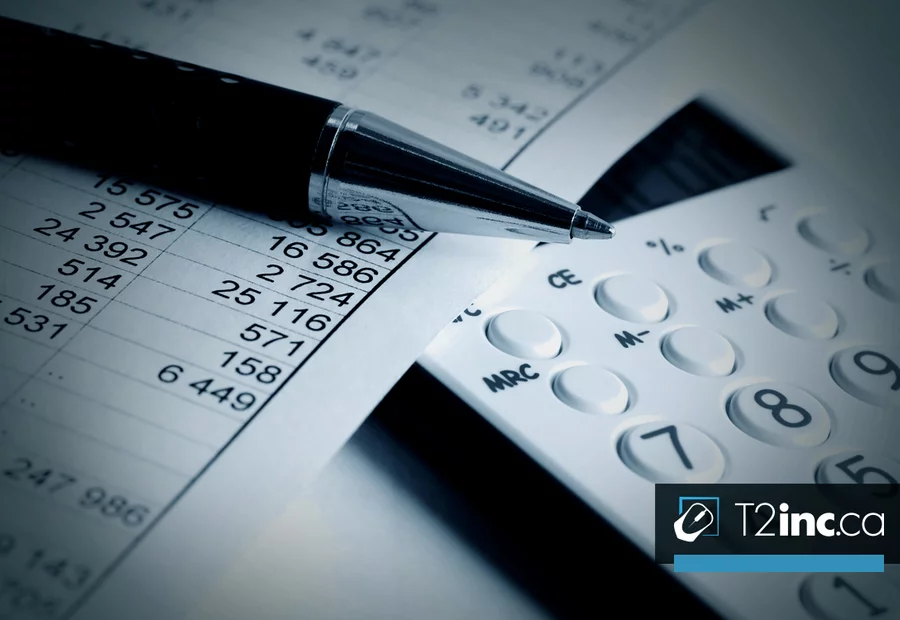How to make a chart of accounts in Quebec

Keeping your finances in order is an essential aspect of running a business.
This involves developing tools that allow you to organize important financial information in a way that is easy to find. These tools include a corporate budget, a business plan, a billing process, etc.
All of these tools are important, but the true cornerstone of financial success is a business’s chart of accounts.
In this article, our business accounting experts explain what constitutes a chart of accounts in Quebec and how to make one.
What is a chart of accounts for SMEs in Quebec?
A chart of accounts is an essential tool for SMEs to manage their finances. This document is a compendium of a company’s accounting entries. It also defines the rules for evaluating and maintaining the company’s accounts.
Essentially, the chart of accounts is a table where each accounting entry (investments, expenses, sales, etc.) is recorded using an accounting code and the name of the entry. The accounting code is a number that identifies the category of account each entry is associated with.
In Quebec, there are 6 categories of accounts: Assets, Liabilities, Sales, Variable Expenses, Fixed Expenses and Other Income. A business accountant can help you classify your entries in order to create a solid chart of accounts.
Why make a chart of accounts?
The chart of accounts is an essential aspect of effectively managing a business. It serves as a basis for producing financial statements, which provide an overview of the company and can be used to estimate its value.
The chart of accounts can help you analyse your business activities and develop a strategic plan for the future development of your company.
How to make a chart of accounts
You can create your own chart of accounts using a spreadsheet, but this method is tedious and leaves room for error.
Some accounting software provides models for charts of accounts that can be tailored to your company’s activities so you can record the data that is most relevant to your business.
However, if you don't have a background in business accounting, you may want to consider using business accountants. These professionals can help you create a proper chart of accounts so you can start your company off on the right foot.
Contact T2inc.ca for all of your business accounting needs
The chart of accounts is an essential tool for running a business. It is an efficient way to record all of a company’s accounting entries and gain a clear overview of its activities. Accountants can then use the chart to prepare financial statements and develop new strategies for the company.
Creating an effective chart of accounts requires help from experts in the field. T2inc.ca’s tax accountants can guide you through your business accounting and help you better manage your finances.
To benefit from our expertise, contact our team today!
Contact our experts
Have a question? Need help? Fill out our online form to get help from our experts.
Contact usNeed more help?
Contact us by filling out our form
Are you interested in our services, but would like more information before taking the plunge? Contact us today and one of our tax accountants will be in touch to help you.
At T2inc.ca, we're committed to helping business owners manage their company's tax affairs so they can grow their business.




